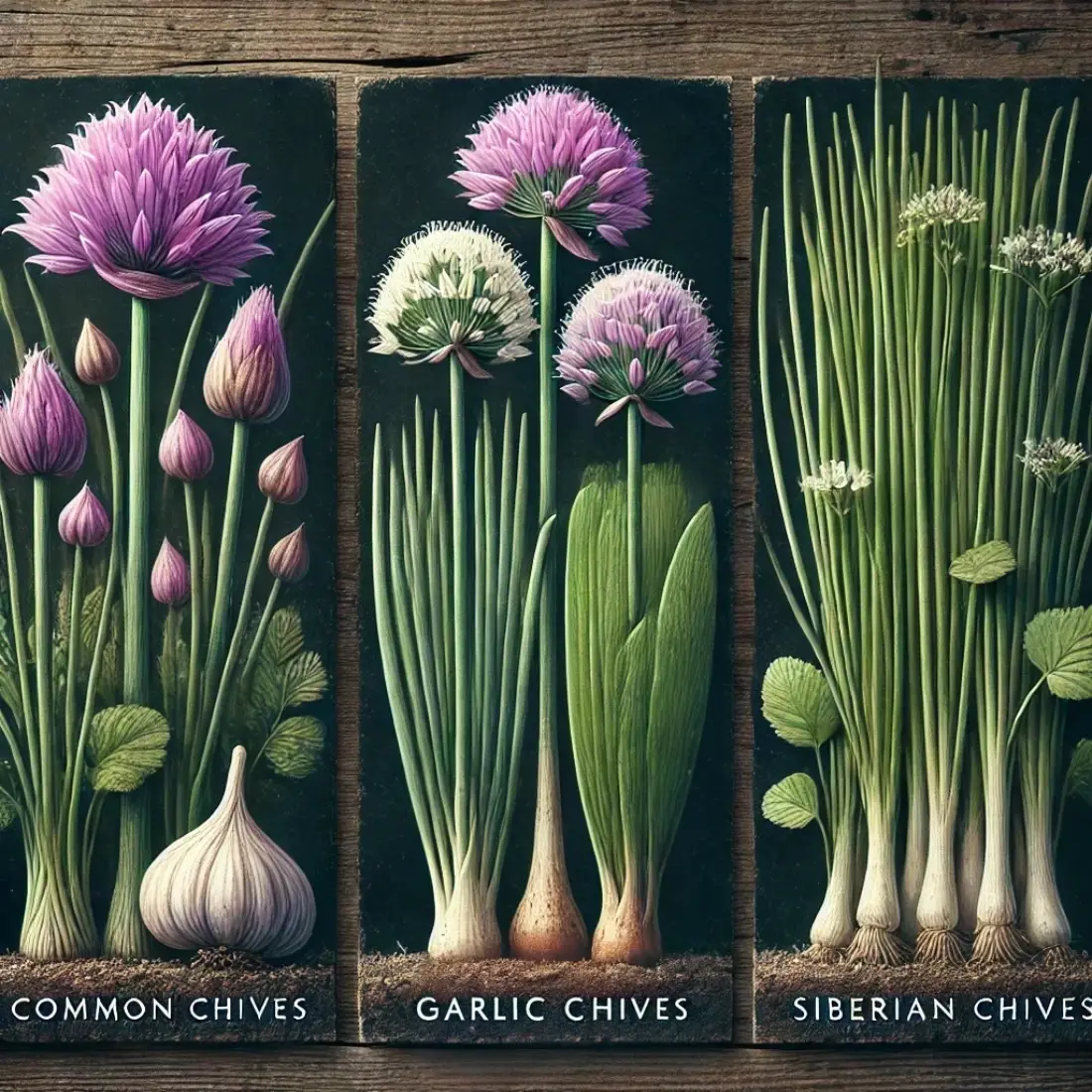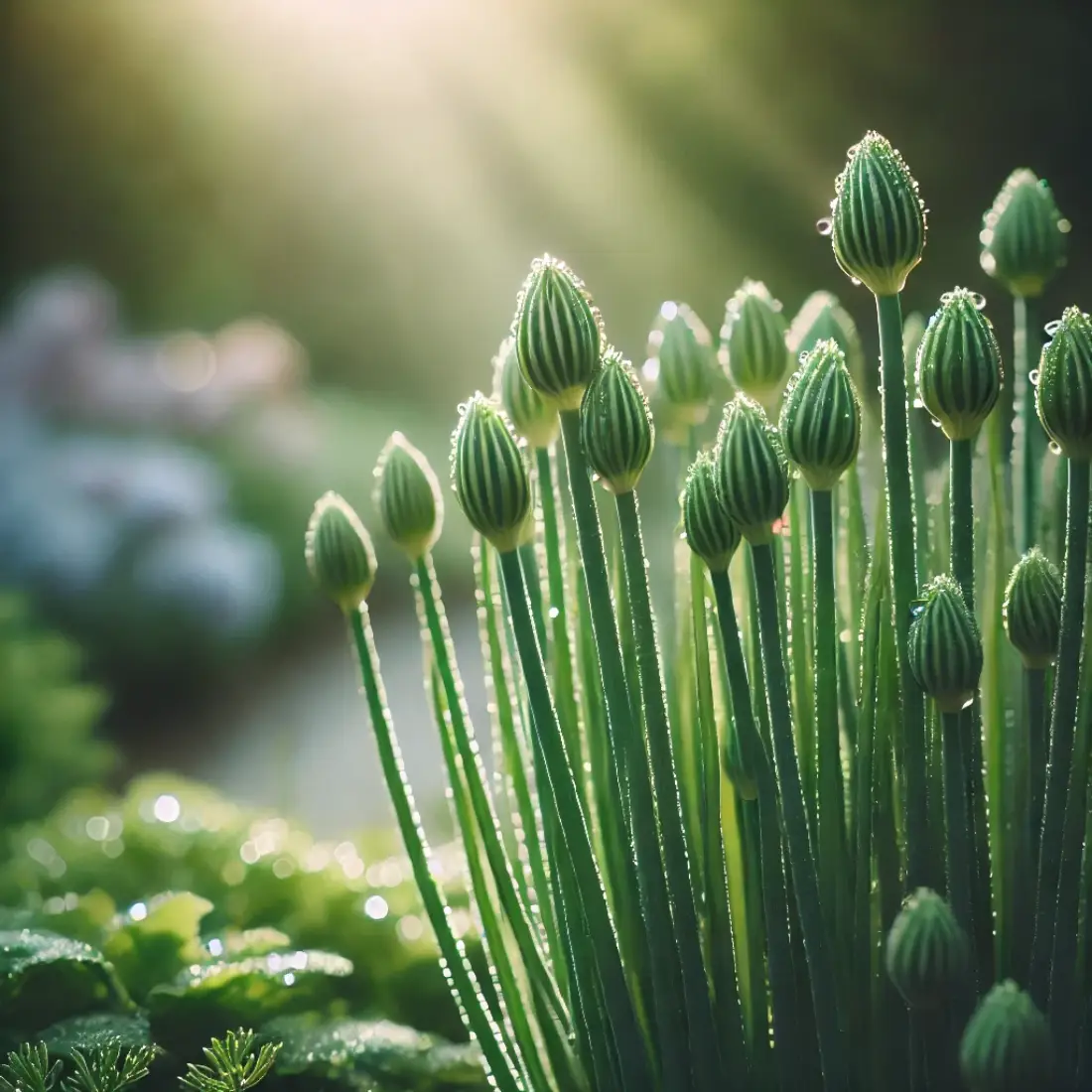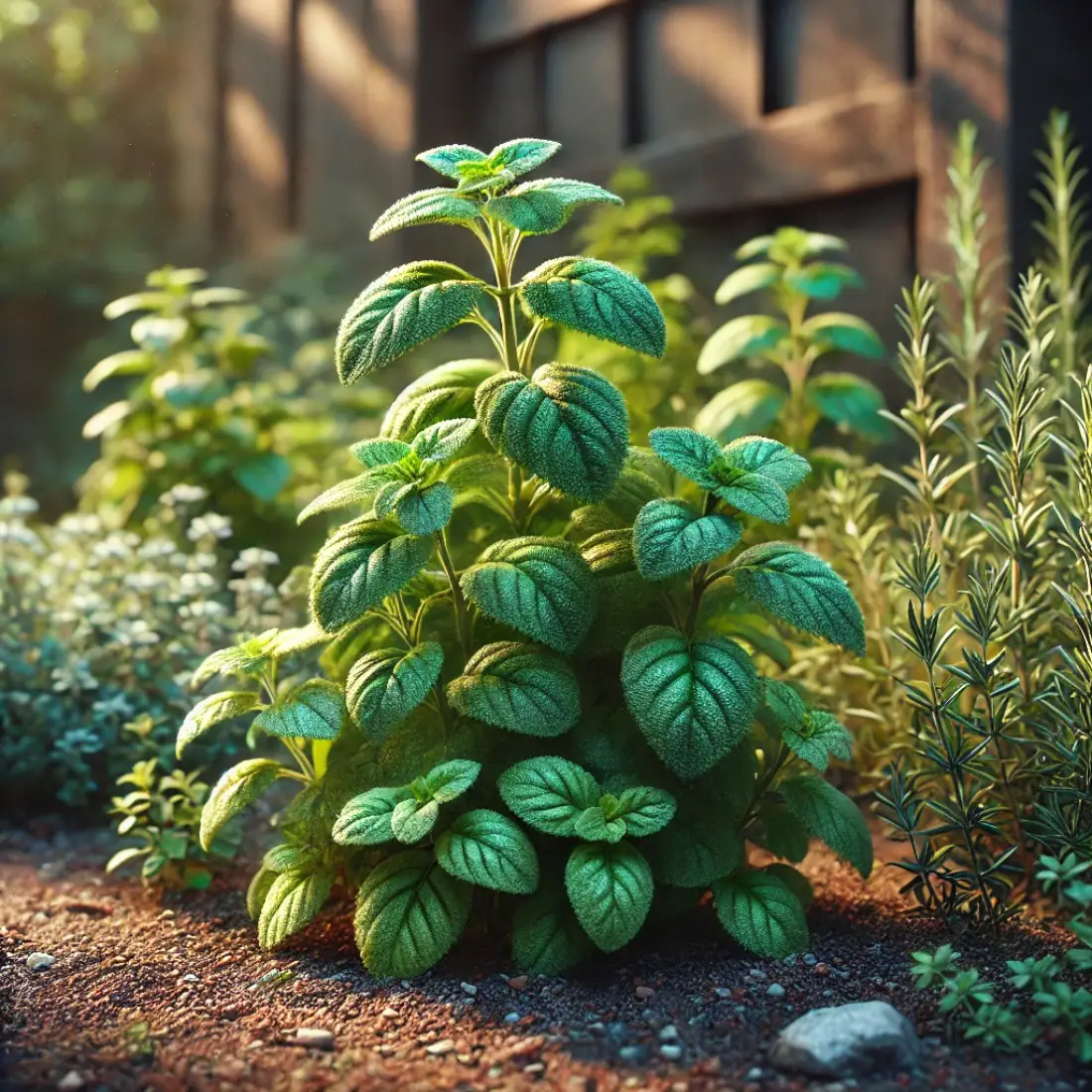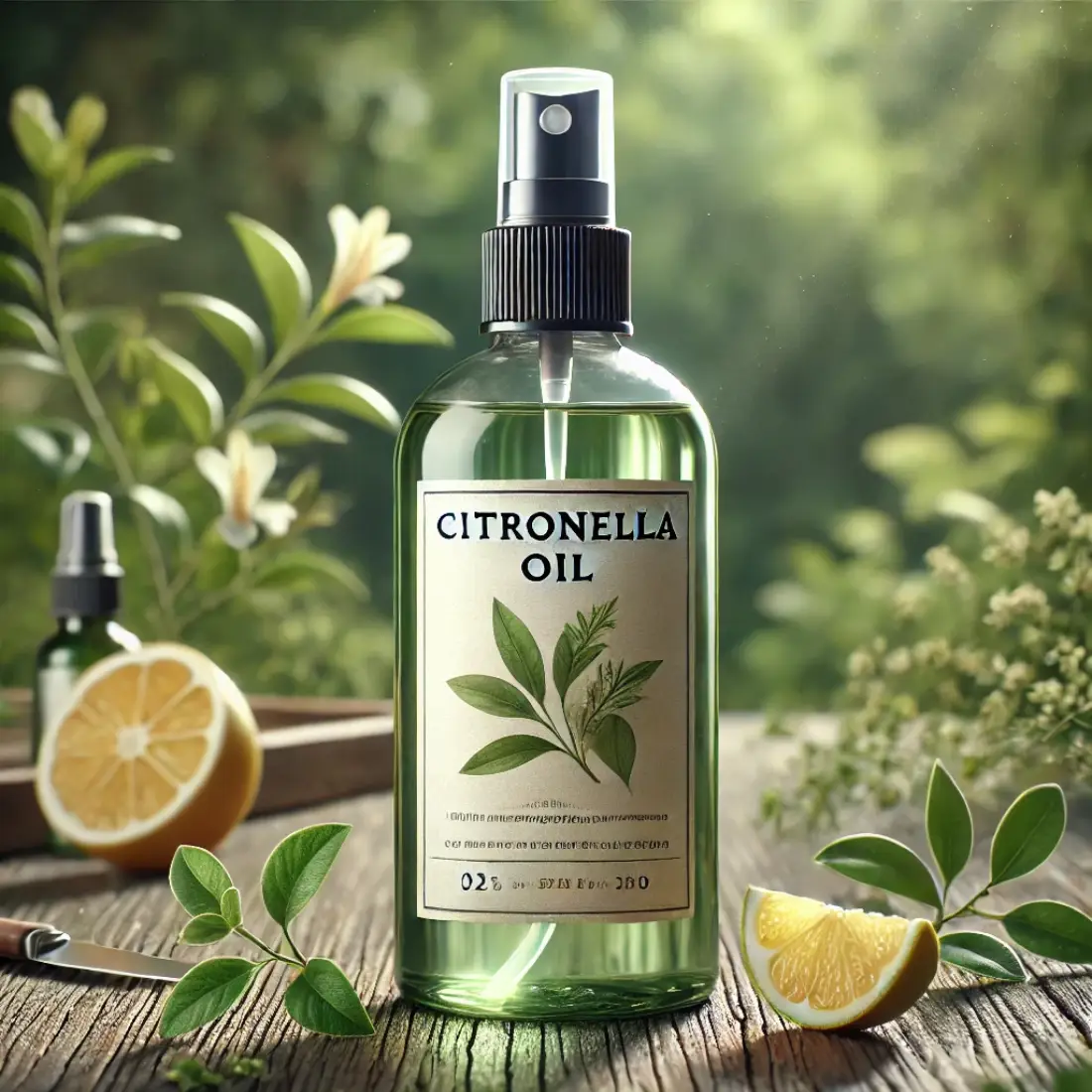Chives (Allium schoenoprasum) are a popular perennial herb known for their mild onion-like flavor and delicate, hollow green stems. Often found in herb gardens and kitchens around the world, chives are easy to grow and require minimal maintenance, making them a favorite among both novice and experienced gardeners.
These hardy plants belong to the onion family and are closely related to garlic, leeks, and shallots. Chives not only add a burst of flavor to a wide range of dishes, from salads to soups, but they also offer several health benefits, including being rich in vitamins A and C, as well as essential minerals.
- Chives are a versatile herb: They are easy to grow and add a mild onion-like flavor to various dishes, making them a kitchen staple.
- Low maintenance: Chives require minimal care, thriving in different environments, whether in garden beds, containers, or indoors.
- Nutrient-rich: Chives are packed with vitamins A and C, along with essential minerals, contributing to a healthy diet.
- Year-round harvest: With proper care, chives can provide fresh greens throughout the growing season and even during winter if grown indoors.
- Beneficial in gardens: Chives not only enhance culinary dishes but also act as a natural pest repellent, making them an excellent companion plant.
Different Varieties of Chives

Chives come in a few distinct varieties, each offering unique flavors and uses. The most common type is common chives (Allium schoenoprasum), known for their mild onion taste and purple flowers. Garlic chives (Allium tuberosum), also popular, have flat, broader leaves with a subtle garlic flavor and white blossoms.
Additionally, some specialty varieties include Siberian chives, which are hardier and have a more robust flavor. Each variety can be used in various culinary applications, from garnishing dishes to adding depth to sauces and salads.
Growing Chives
Growing chives is a straightforward process that can yield a steady supply of fresh herbs for your kitchen. Whether you’re starting from seeds or using transplants, chives are incredibly adaptable and can thrive in various settings, including garden beds, containers, and even indoors.
Starting from Seeds or Transplants
To grow chives from seeds, sow them directly into well-draining soil in early spring. Plant the seeds about 1/4 inch deep and keep the soil moist until they germinate, usually within 14-21 days. For faster results, you can also use transplants or divide an existing clump of chives. Space the plants about 6-12 inches apart to allow room for growth.
Ideal Soil and Sunlight Conditions
Chives prefer well-drained soil with a pH between 6.0 and 7.0. They thrive in full sun but can tolerate partial shade, making them versatile in various garden conditions. If you’re growing chives indoors, place them near a south-facing window to ensure they receive ample sunlight.
Planting in Garden Beds vs. Containers
When planting chives in garden beds, choose a location with good air circulation to prevent fungal diseases. Chives also do well in containers, making them ideal for small spaces or indoor herb gardens. Use a pot with drainage holes and fill it with a light, well-draining potting mix. Water regularly, keeping the soil consistently moist but not waterlogged.
Maintaining Healthy Chives
Once established, chives require minimal care. Regular watering, especially during dry spells, and occasional feeding with a balanced organic fertilizer will keep them growing vigorously. Chives are also resilient to pests and diseases, though it’s essential to remove any dead leaves or flowers to maintain plant health.
Harvesting chives
Harvesting chives is simple and can be done once the plants are about 6 inches tall. Use sharp scissors to snip the leaves, cutting them close to the base, about 1-2 inches above the soil. This encourages new growth and allows for continuous harvesting throughout the growing season.
Always leave a portion of the plant intact to ensure it continues to thrive. For the best flavor, harvest chives in the morning when their essential oils are most concentrated. Store harvested chives in a plastic bag in the refrigerator, where they can stay fresh for up to a week.
Overwintering
Overwintering chives is essential to keep them thriving year after year. In colder climates, chives will naturally die back in the winter, but they are hardy perennials that regrow in spring. To protect them, cut the plants back to about 2 inches above the soil after the first frost. Apply a thick layer of mulch, such as straw or leaves, to insulate the roots.
For indoor overwintering, dig up the chive clump and pot it in well-drained soil. Place the pot in a sunny window, and water regularly to keep the soil moist but not waterlogged.
Propagating chives
Propagating chives is an easy and effective way to expand your herb garden. The most common method is by dividing established clumps, typically done in early spring or fall. To propagate through division, carefully dig up the chive plant and separate the clump into smaller sections, ensuring each has a good number of roots attached. Replant these sections in well-drained soil, spacing them about 6-12 inches apart.
Another method is growing chives from cuttings. Simply cut a healthy stem about 4-5 inches long and place it in water or directly into moist soil. If using water, wait for roots to develop before transplanting into soil.
Both methods are highly successful, and with proper care, the new plants will establish quickly, providing you with fresh chives year after year. Propagating chives is a great way to ensure a continuous supply and share plants with fellow gardeners.
FAQs about Growing Chives
How long do chives take to grow?
Chives typically take 30-60 days to grow from seeds to a harvestable size. If planted from transplants, they can be ready in just a few weeks.
Can I grow chives indoors?
Yes, chives grow well indoors. Place them in a sunny spot, such as a south-facing window, and ensure the soil is well-drained and kept moist.
How often should I water chives?
Water chives regularly to keep the soil consistently moist, but not waterlogged. In dry periods, water them about once a week or more frequently if they are in containers.
Do chives need full sun?
Chives thrive in full sun but can tolerate partial shade. They need at least 6 hours of sunlight daily for optimal growth.
How do I prevent my chives from becoming too woody?
Regularly trim the chives, cutting them back to about 1-2 inches above the soil. This encourages fresh, tender growth and prevents the stems from becoming woody.
Can chives be grown in containers?
Yes, chives grow very well in containers. Use a pot with good drainage and fill it with well-draining potting mix. Containers are ideal for small spaces or indoor growing.
How do I store harvested chives?
Store freshly harvested chives in a plastic bag in the refrigerator. They can stay fresh for up to a week. Alternatively, chives can be frozen or dried for longer storage.
What pests commonly affect chives?
Chives are generally pest-resistant, but they can occasionally attract aphids, thrips, and onion maggots. Regularly check the plants and use natural remedies if pests are present.
How can I use chives in cooking?
Chives are versatile in the kitchen. They can be used fresh as a garnish, added to salads, soups, and sauces, or mixed into butter, cream cheese, or egg dishes.
Can I grow chives from supermarket plants?
Yes, you can plant chives bought from the supermarket. Ensure they are healthy and have roots before transplanting them into your garden or a container.









